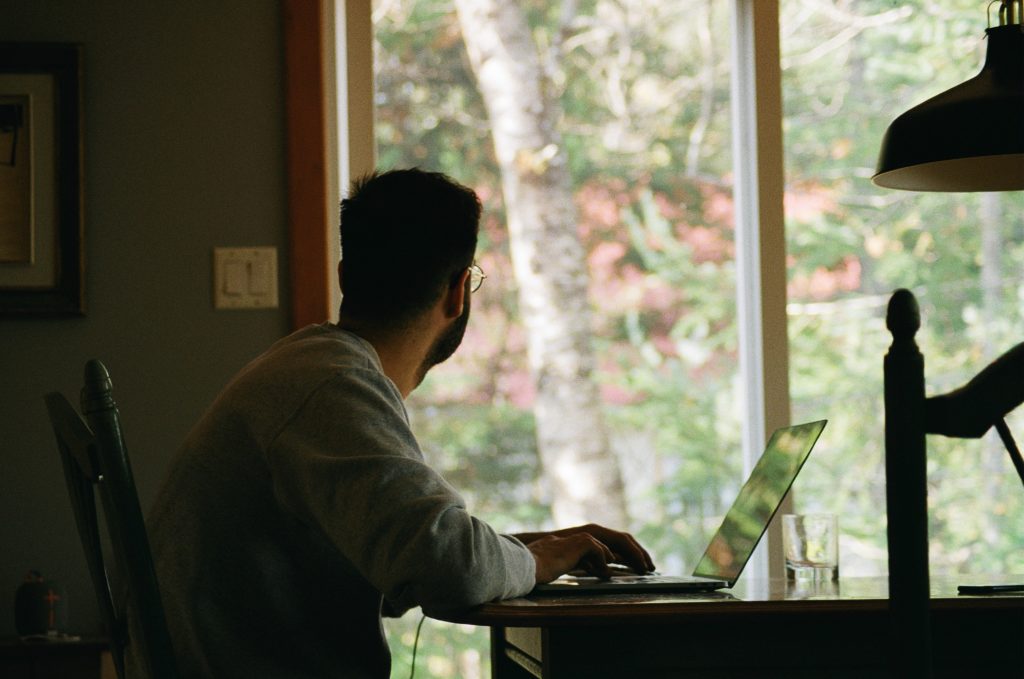
COVID-19 has affected all of our lives, and I’m sure its impact will be felt for quite some time. Working from home part-time is not so new for many of us, but working from home while sequestered full-time is something a lot of us have never experienced—and it’s forcing us into a new way of working.
Initially, I found myself wrestling every day with this new way of working. For example, when does the work day end?
Here was my routine pre-COVID19.
First, I had a policy that I would check my email three times per day: once in the morning, just before lunch, and just before leaving for the day. This way I could stay focused on my work, but still have a good cadence for anything new that needed my attention and synchronization. When I first sequestered, I had moved away from that and was always checking and immediately responding to my email. I then jumped around between tasks or requests without focusing and completing anything: very wasteful. I have since corrected that.
Second, when I left work, I would physically shut down the computer, write some notes down about what I had accomplished that day, write down a few more notes about what I would like to accomplish the following day, and perform an introspective on what I completed that day.
Finally, I would shut off the lights in my cubicle, say good night to my coworkers, physically leave the building, get in my car, and drive home.
In January of 2020, I left my role in the federal government and started working as a consultant, and in March, COVID-19 quarantine set in. The ritual I was committed to suddenly stopped. No traveling every day to work, no consulting or teaching face-to face classes, nada.
I had no routine for this new way of working.
Then I happened to come across an article, “5 strategies for combating WFH-based burnout.” I realized I needed a new routine.
It made sense: I needed to get back to what I was doing and bring some order back to my life. I realized that if I treat the end of each day as I did when I commuted to work, it becomes easier to define my workday.
So, here are my recommendations for building in some work from home (WFH) routines:
- Set up an office area that is your work area.
- Set up office hours and have the discipline to adhere to them.
- Set up a commuting-to-work routine before you go to work.
- Put on your professional persona (work clothes, etc.) during your time at work in your work area.
- Set up a leaving-work routine as you transition home.

I now mimic my routine at the beginning and the end of each day.
Fortunately, I have an office space at home with a door. That door is a very powerful signal to my brain, and I use it to help begin and finalize the end of my workday. I open the door in the mornings to start the workday, and close the door in the evenings to end it. In our new working world, find a metaphor that signals the beginning and end of your workday.
Leaders and managers, please take note: set up the same type of routine to preserve your sanity, and exhibit that lead-by-example behavior for your knowledge workers. Better yet, solicit and publish quarantine agreements from your teams. This will help shape the environment for them to be successful. Let them know it’s OK to be away from work during non-work hours.
I know everybody has a different situation in this crisis, so try to find what works for you. The intent here is to find a personal routine where we can mentally leave and arrive at work. I believe this way of working will be the new normal for many of us, and we need to balance life and work for the foreseeable future.
We’re all in this together.
About Joe LaTorre

Joe LaTorre is a Senior Enterprise Agility Coach at Agile Rising (a Scaled Agile partner) and a SAFe Program Consultant Trainer (SPCT) candidate. He’s a proactive leader experienced in integrating enterprise vision and strategy with effective deployment of Lean-Agile teams.
Share:
Back to: All Blog Posts
Next: Ten Steps to Landing Change Well